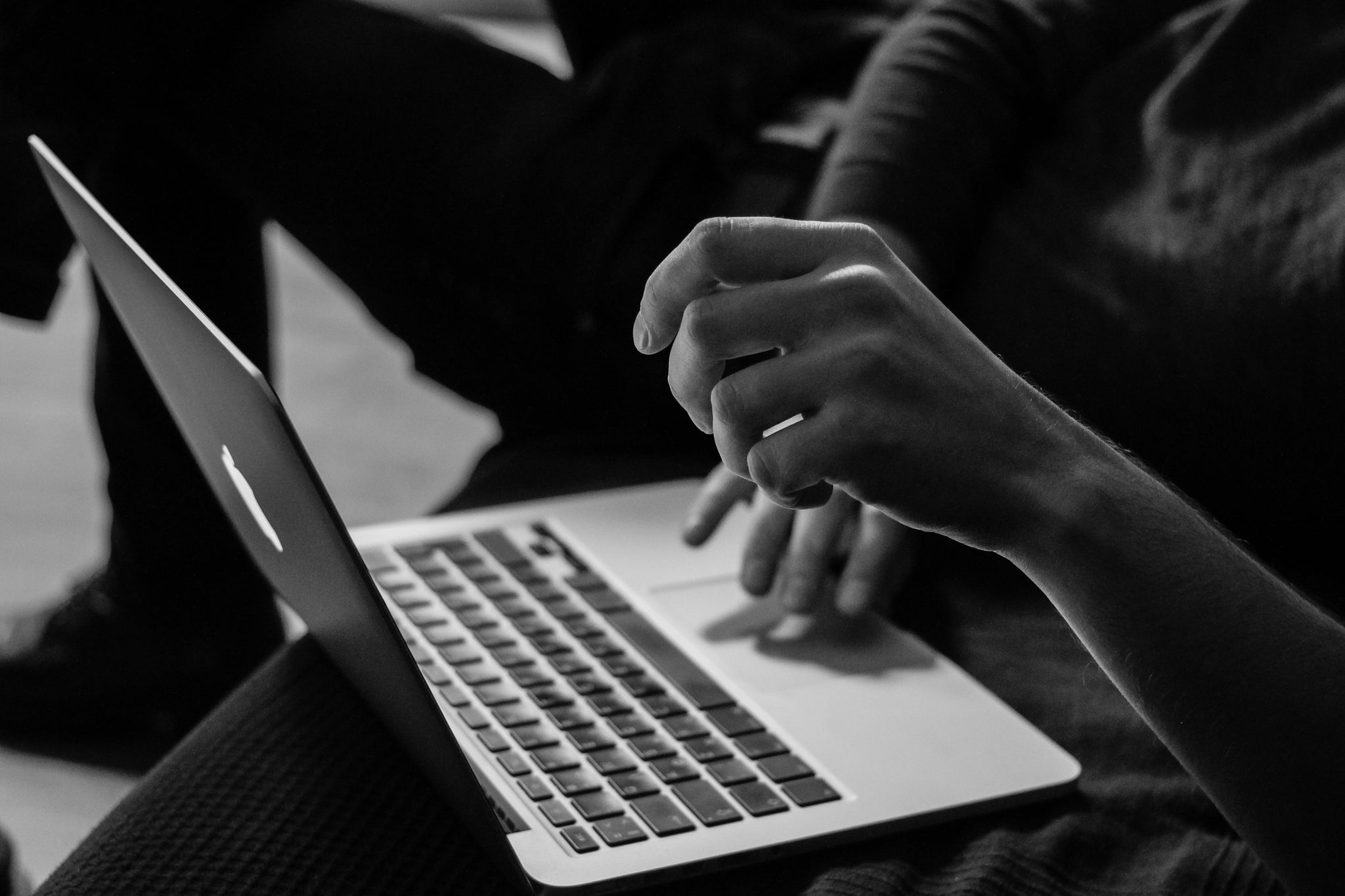Your Cart is Empty
FREE DOMESTIC SHIPPING ON ALL ORDERS OVER $75

ALPHAs,
If you're like me, you may not feel your best after a day of work sitting behind a desk. Research has shown that as soon as you sit, the “electrical activity in your leg muscles shut off, calorie burning drops to 1 per minute, and enzymes that help break down fat drop 90%.”
In an article titled Sitting Too Long, the author noted that when we sit for long periods of time blood flow throughout the body slows, making it easier for fatty acids to clog your heart. Your pancreas begins producing more insulin which increases chances of diabetes. Back, shoulder and neck muscles are strained which can cause soreness and posture issues.
In a 2014 interview with the Los Angeles Times, Dr. James Levine, director of the Mayo Clinic-Arizona State University Obesity Solutions Initiative summed up his findings in two sentences. He said that "Sitting is more dangerous than smoking, kills more people than HIV and is more treacherous than parachuting. We are sitting ourselves to death."
I have always considered myself a very active person. However, my first job after college required me to be glued to a computer screen for at least eight hours a day and over time I could feel my body changing. My shoulders rolled forward, my abs softened and my motivation level seemed to drop.
The truth is, with the continued growth of technology and automation of manual processes, most of us will be sitting behind a computer at some capacity. If you find yourself in this position, below are some tips to help you improve your health at work.
Get your blood flowing by exercising in the morning. Even if it’s a quick stretch before you sit down at your desk, a morning workout will increase your heart rate and send fresh oxygen to your brain. My team used to start at 4:30 am. We would stumble in with our eyes half closed and collapse at our desks. At one point, someone suggested that we have a push-up competition every morning before work. It sounds crazy but the overall impact was amazing. Not only did we become more motivated and awake in the mornings, it became a team bonding activity and eventually it caught on in other departments.
Drink up! Make sure you are getting plenty of water throughout the day. Filling up your glass and using the restroom is a perfect way to break-up your day and move around. Drinking water will also curb your appetite and help you avoid snacking and hunger cravings. It goes without saying, but at all costs avoid vending machines and the sugary drinks that your company may stock in the fridge.
Consider a standing desk station. Ask your supervisor or the HR department if they can supply you with a standing desk station and/or an ergonomic keyboard. In my experience, all you have to do is ask. I believe companies want to keep their employees healthy and happy and it's certainly worth asking the question to see if there are any accommodations available to enhance your workstation and support your health at work.
Adjust your commute. Like many cities, the morning commute in Seattle is terrible and can be chalked up to another couple hours of sitting throughout the day. If you take the bus, try hopping off at an earlier stop to stretch your legs for a few blocks on your way in. Bike share programs are also becoming very popular in major cities. Check with your company to see if they have any corporate deals that you can take advantage of.
Make the most of your breaks. It’s easy to make a habit of working through your lunch or using it to get caught up on all that has happened in the world of social media. Dedicate your breaks to some form of physical activity. See if there is a fitness facility nearby or a store that you can wander and shop for an hour. Using your breaks for some sort of exercise will leave you feeling refreshed, energetic and productive for the rest of your day.
Move every hour. There are all sorts of apps, fitness devices and programs out there that you can get to remind you to move around. As long as you're moving, whatever works best for you is great. Walk down the hall to talk with a co-worker instead of picking up the phone or set reminders on your calendar encouraging you to move around. According to Alan Hedge, professor of ergonomics at Cornell University, the right balance can be achieved by remembering 20-8-2. Each half hour you should spend 20 minutes sitting, 8 minutes standing, and 2 minutes moving around.
Create SMART goals and a plan to achieve them. Check out our article titled, “You Can’t Score Without a Goal: S.M.A.R.T. Criteria” for more on SMART goals and setting yourself up for success.
As always, please reach out if you have any questions or feedback. We would love to connect with you and will answer any questions you might have in an upcoming Q&A article.
Until next time,

Jeremy Sage
Co-Founder and CFO, RAM
References
1. “Sitting Down Is Killing You [Infographic].” Daily Infographic, 10 May 2011
2. “Here's What Sitting for Long Periods of Time Does to Your Body.” Mercola.com